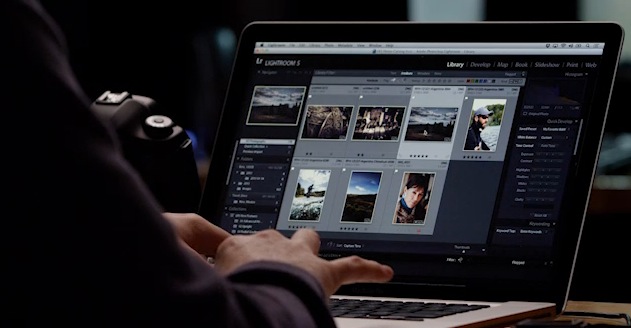

There are only a few requirements to shoot tethered: a camera, a computer, a cable and software. In this article, we’re going to focus on the last one: software. There are two important factors when deciding on tethering software:
- Does it support your camera?
This is obviously the most important one. Not all software supports all cameras. If you’re shooting Nikon or Canon, support looks much better than if you’re shooting Sony, Olympus, Fuji or some other manufacturer. However, it’s important to note that just because a piece of software supports your manufacturer, it may not support your specific camera model. To help you find the software, we’ve developed out a tethering software database where you can search by camera model for compatible software. - Do you want to do image manipulation in your tethering software?
One advantage of shooting tethered is the ability to see your photo on a larger screen to check color, focus and composition. The other advantage is that the photo is immediately ingested into your computer (that’s a fancy way of saying downloaded to your computer). If you plan on manipulating your photo in Adobe Lightroom or Capture One, you can save a step by ingested photos directly into that program. Tethering software that does not provide photo manipulation allows you to see the photo larger and download directly to the computer, but won’t provide things like adjusting contract, exposure, saturation and such.If your camera is not supported by Lightroom or Capture One, you can still use them conveniently by using one of the tethering software programs that does support your camera, and then using either watch folders in Lightroom or hot folders in Capture One.
Other Factors to Consider
At this point, the two factors above may have guided you to the software of your choice. However, if you’re still at a point where you need to narrow down a bit further, here are a few more factors to look at:
- Camera Control
Does the tethering software give you the ability to change settings on the camera, or just the ability to fire the shutter button? It can be amazingly convenient to be able to adjust your f-stop, shutter speed, ISO and other settings from your computer. - HDR Bracketing
Some tethering software will allow you to set up HDR bracketing. This means you can take images underexposed, overexposed, and properly exposed and combine them into one image with a higher dynamic range than what’s capable from one single shot. - Focus Stacking
Like HDR bracketing, focus stacking will take a shot at a certain focus point, automatically adjust focus by a small incremental amount and take another shot. You predetermine the range of focus points and how many shots you want. Then using software, you combine these images into one to allow for greater focus than what might be available in one shot. This is common in macro photography but has other uses as well. - Other Useful Factors: WiFi Support, Multiple Camera Control, Filters, Linux Support, and much more.
We try and maintain a complete list of tethering software on TetherTools.com. So head over there and find the one that’s right for you and your camera.
Also, if you know of or use one that’s not on the list, let us know in the comments below and we’ll add it.


